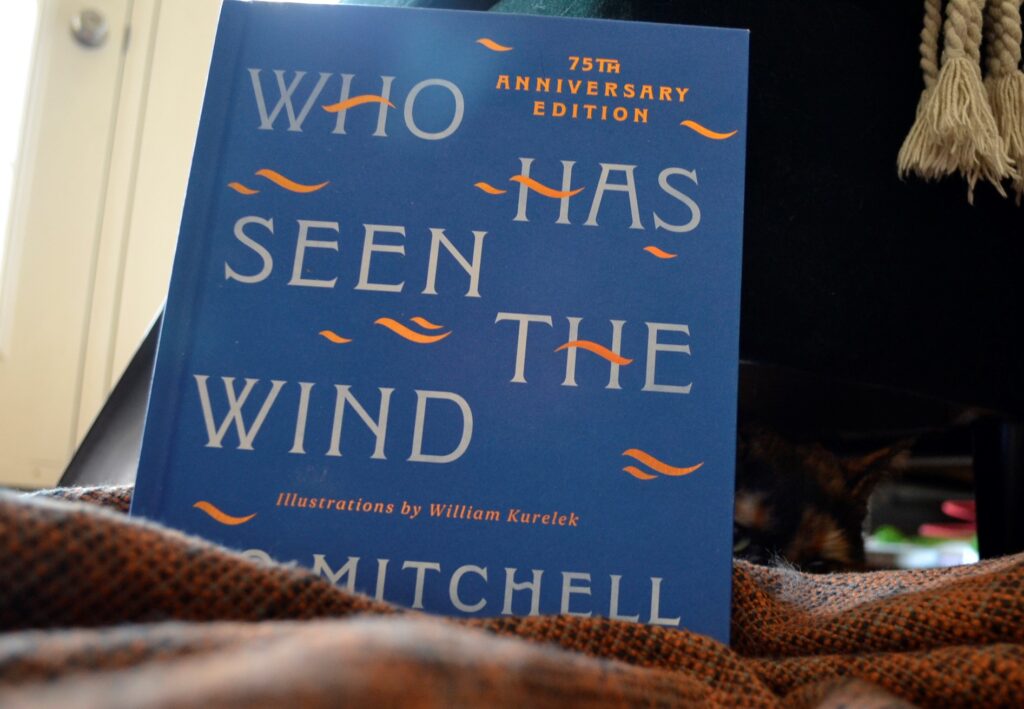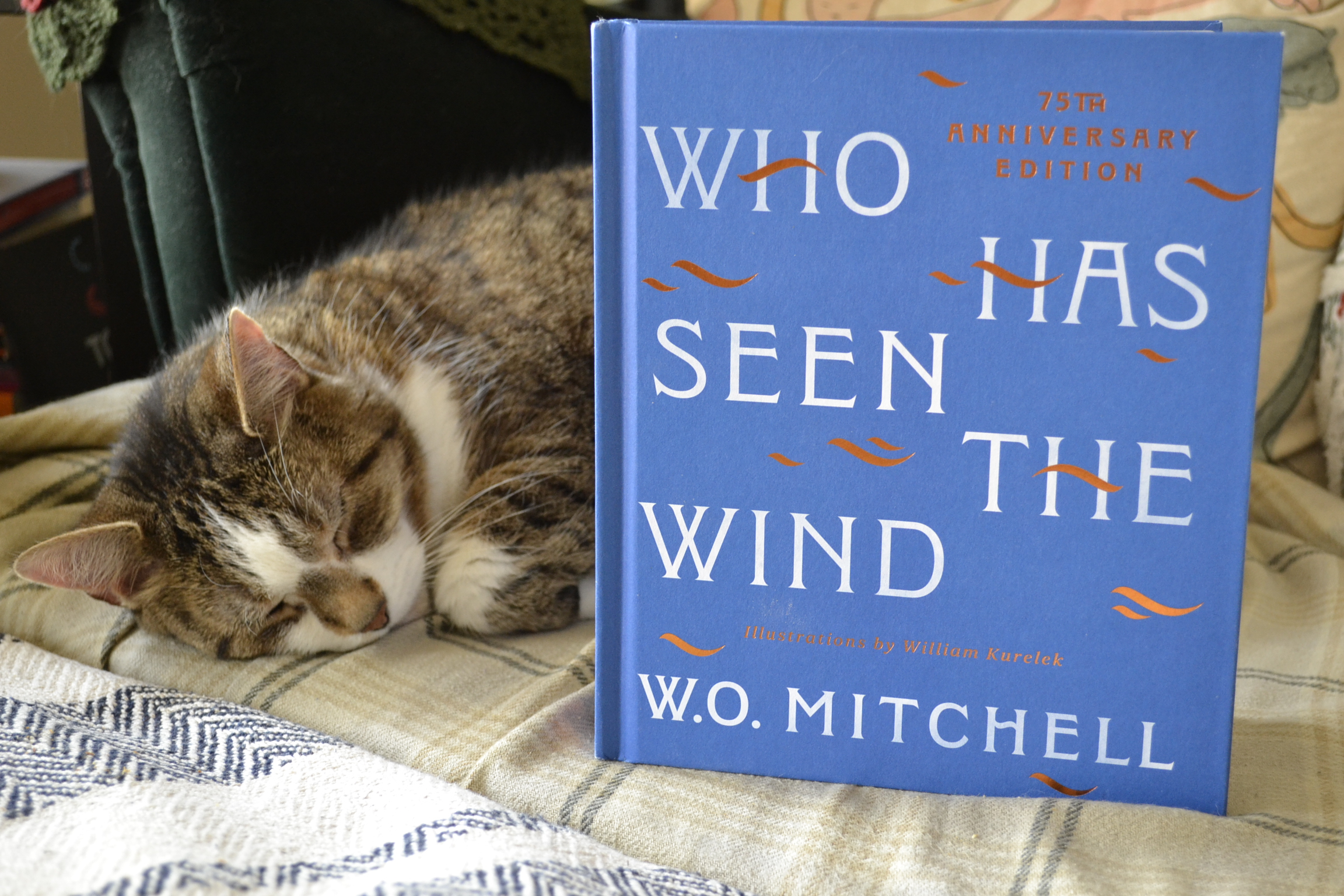The Squirrels Are Truly Baffled
It has been a brutal week of work. The good news is that we’ve received job after job after job, which really helps in terms of bolstering our paycheque. The bad news is that we’re so short on time that it’s starting to really erode my mood. As I get more tired, I get sadder, and then if I don’t deal with that on time it can get worse until even little tasks feel impossible. One of the ways I do deal with a downturn in mood is to take a step back, breathe, and try to focus on the bigger picture.
Today the bigger picture is the squirrel baffle. Because my lovely spouse has finally done it. She has finally adjusted the metal cone on the feeder enough that it has truly baffled our small collection of seven indefatigable squirrels. I’m quite happy to feed the little furry menaces on the ground, but when they climb up the feeder and start raiding it, then I rapidly am eaten out of house and home. With the baffle, they still enjoy all of the peanuts and seed I put on the porch, but they can only forlornly look at the bowl of nuts I leave out for the bluejays, nuthatches, chickadees, cardinals, and red-wing blackbirds.
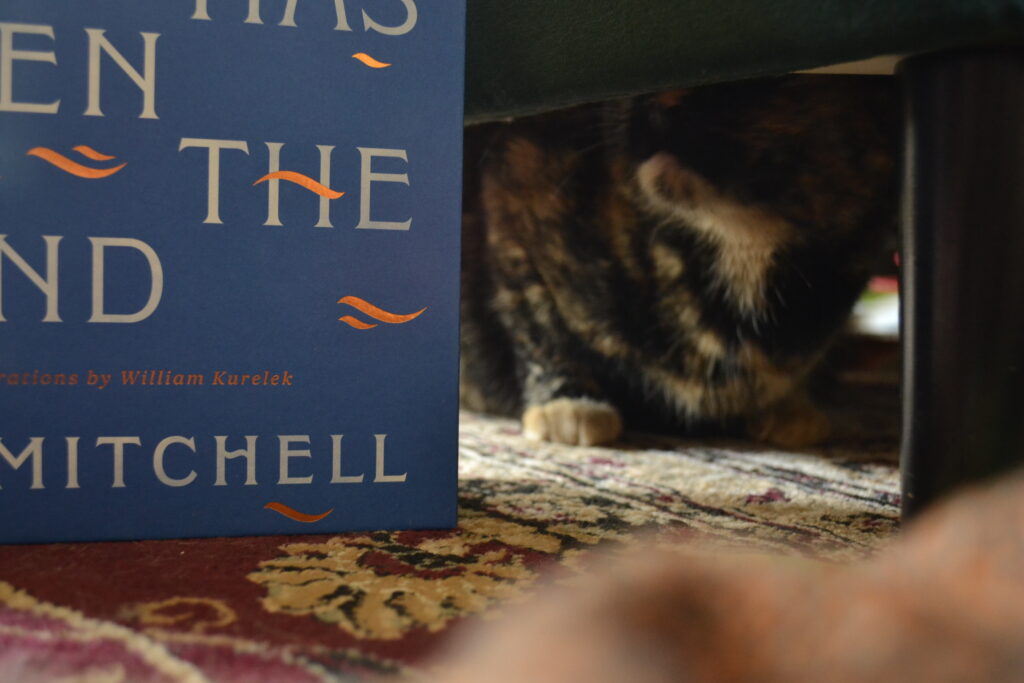
A Note on the Edition
My copy of Who Has Seen the Wind is from Freehand Books in 2022 and features lovely illustrations by William Kurelek and us a beautiful blue hardcover. The margins were generous and the text was given plenty of room to breathe. All in all, just the design decisions alone made for a very pleasant reading experience.
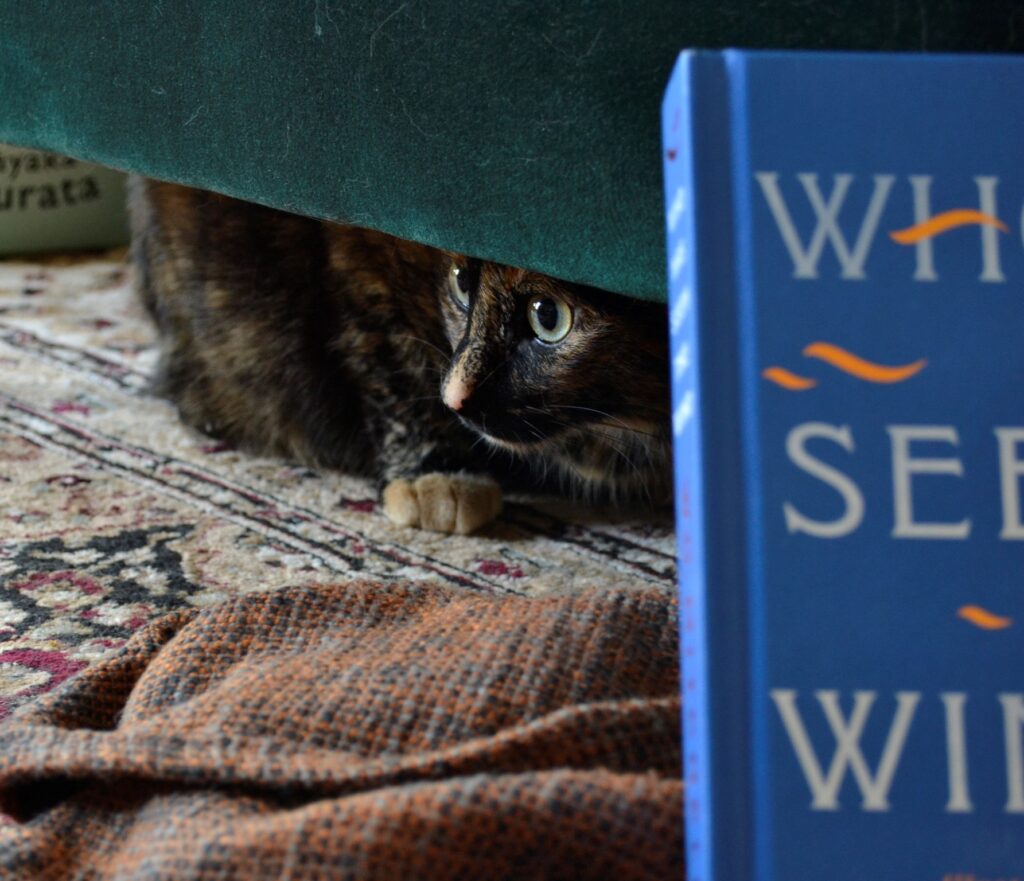
Who Has Seen the Wind is a book that, as a Canadian, I’d heard about long before I actually came across a copy. It’s one of the young adult novels that is part of our cultural landscape — right up there with The Root Cellar, Anne of Green Gables, and Nobody Said It Would Be Easy. Mitchell’s book revolves around the complexities of childhood’s end as well as the rhythms of the natural world as expressed in Canada’s prairies. More than just a boyhood on a farm, Who Has Seen the Wind is a boyhood in a space where the farm meets a just-developing urban reality. There’s an extensive cast of characters and a stream of events that flow as steadily and relentlessly as the passage of time, as Mitchell captures the insular nature of village life.
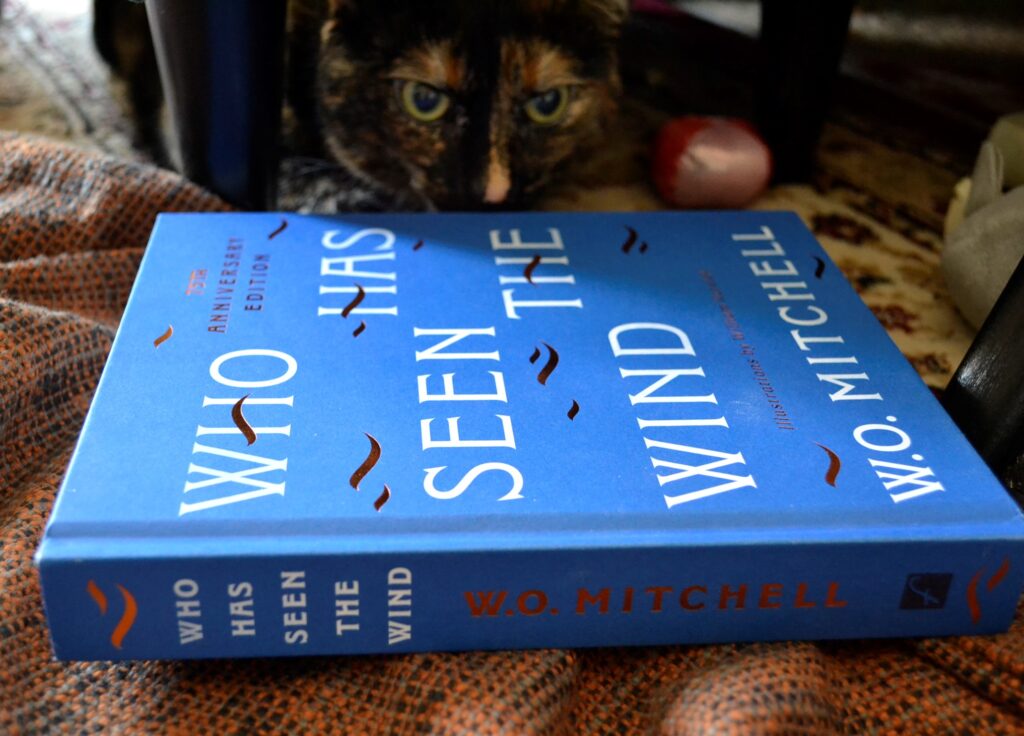
What’s Aged Well
There’s a lot of content in this book that has aged incredibly well and still is powerful so many years later. The descriptions of the prairies and the seasons changing. The complicated nature of even the most mundane of events when it comes to their impact on the life of a child. Mitchell has a unique way of capturing a moment when a child is on the precipice of a more profound understanding of the adult world, but has a nearly overwhelming urge to retreat back into the more innocent perspective they’re used to.
While Mitchell’s characters outside of Brian O’Connal and the passages relating to village politics might be flatter and clunkier by modern standards, the basic themes and ideas are not without merit and are also not without relevance. However, related to my next point, there is some content here as well as old and horrible ideas that make this book inappropriate for children. Teenagers and older children that can understand the context of the society and historical moment Mitchell was writing in are a good audience for this novel, but it’s something that needs to be taught and analyzed, not entertainment reading without guidance.
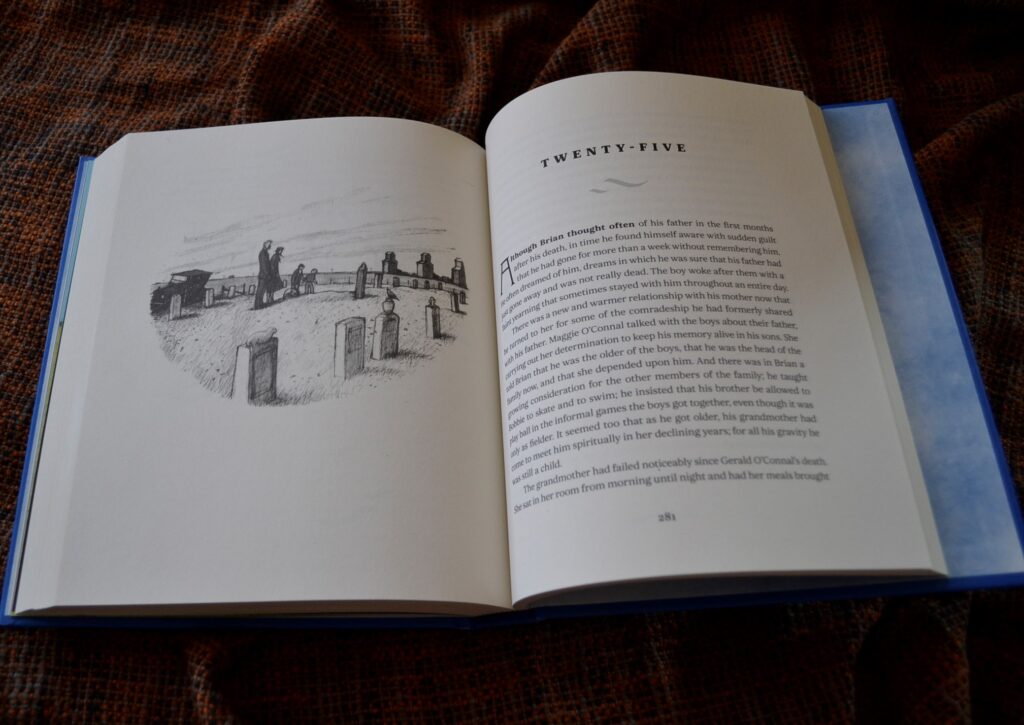
What’s Aged Poorly
Specifically, it’s pretty hard to read this book without cringing at the limited a view it takes on the role of women in society. The women in Who Has Seen the Wind are wives and mothers or soon to be wives or mothers. Their value is only in relation to what they can provide to the men around them. The only older female character without children is villainized and pitied — a teacher that cannot teach children because she has none. Not only is that a horribly wrong idea, but it encapsulates a horrible general concept — that women without children are aberrations and are useless to society. Not easy to read. The schoolteacher that replaces this woman is young and unmarried, and thus the only real plot arc given to her is choosing a husband. Not that any other path is presented as possible. Also not easy to read.
Several issues are brought up but not dealt with in any meaningful way including the treatment of Asian Canadians, mental illness, and the dictatorship of religious authority in village politics. There’s also O’Connal’s obsession with another boy that is written in a way that is confusing for a modern audience. Clearly, Mitchell’s intention is that these boys are strange friends, but the language and amount of body descriptions are a bit awkward. Again, a problem for a modern young reader, but not one that would have been obvious at the time of publication.
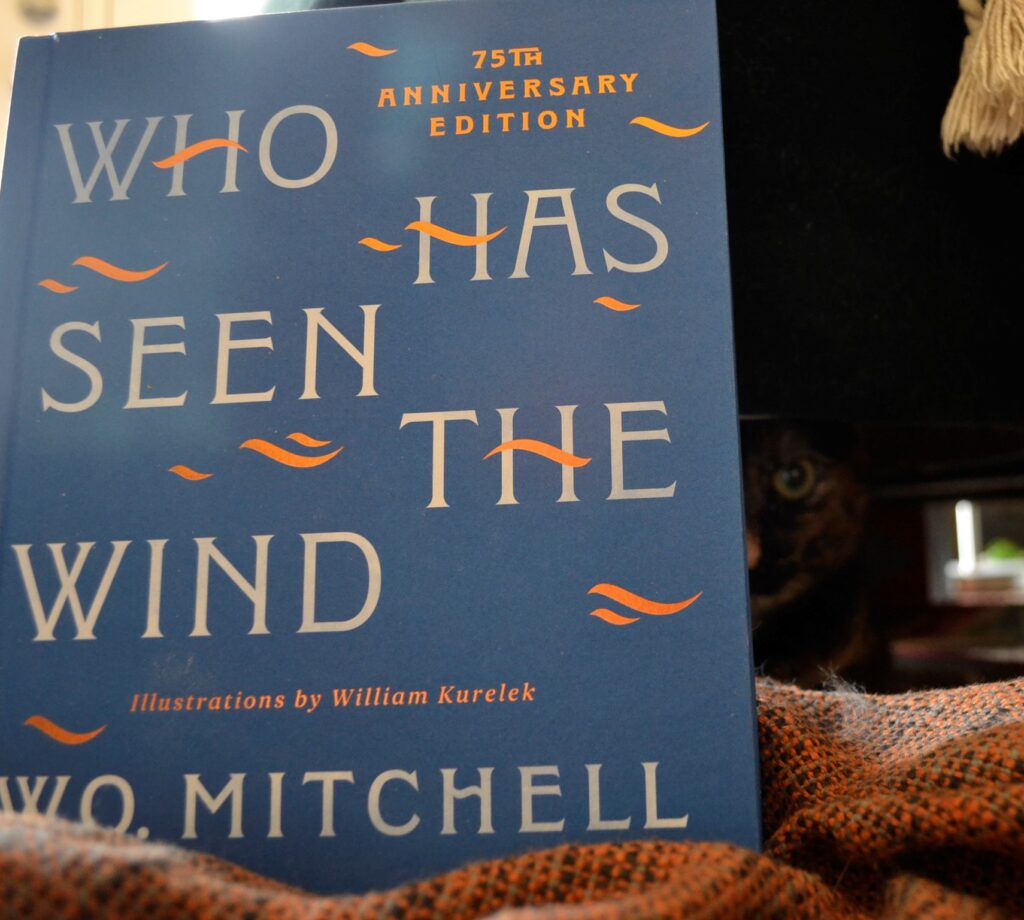
The Season of Mud and Gardens
There’s mud everywhere. On the trails and in our own backyard. It means when Bandersnatch sneaks out behind me when I’m feeding birds, she leaps into the dirt and then we have to catch her and wipe her paws before we can let her go on her merry way. After so many vet visits, she’s more than a bit nervous about any kind of even minimally invasive procedure, shaking while we wipe off the mud.
We try to make it up to her by making sure she gets a few extra walks in the sunshine when it’s dry. Her sisters usually are all watching from the window, jealous of the walk through the garden. But don’t worry, we have at turn-based system to make sure they all enjoy the spring weather.
